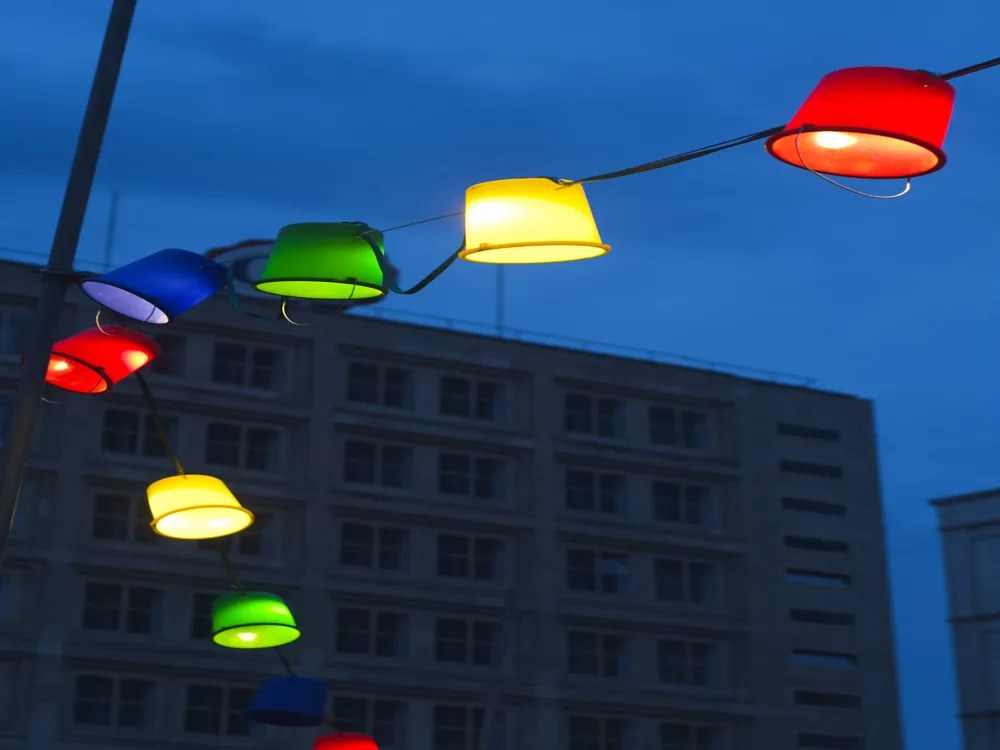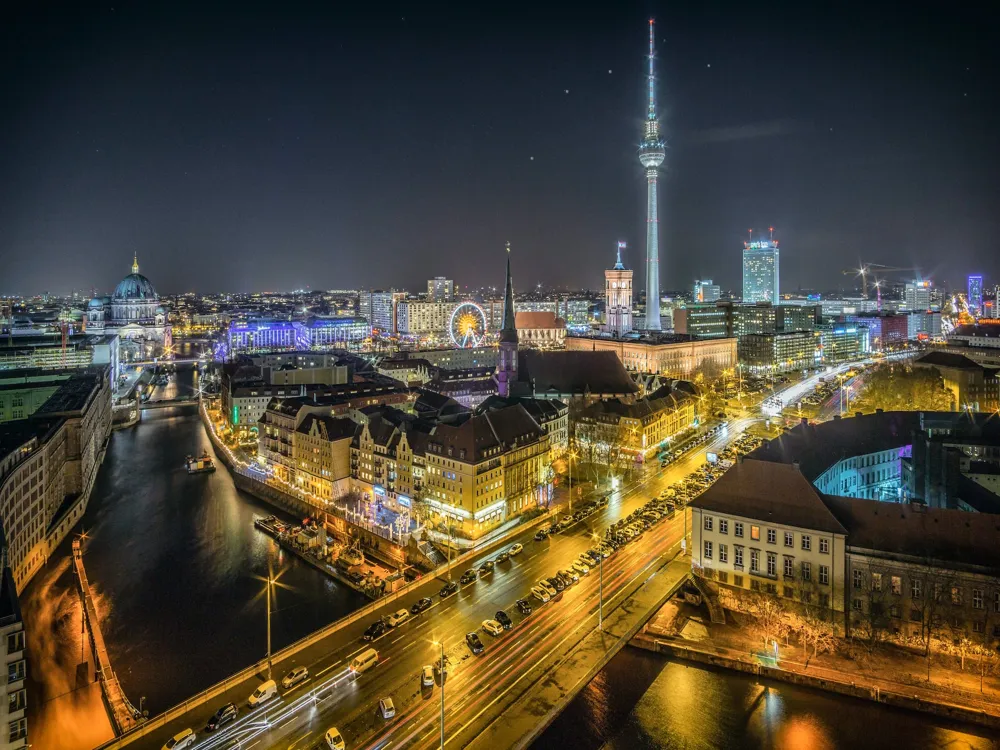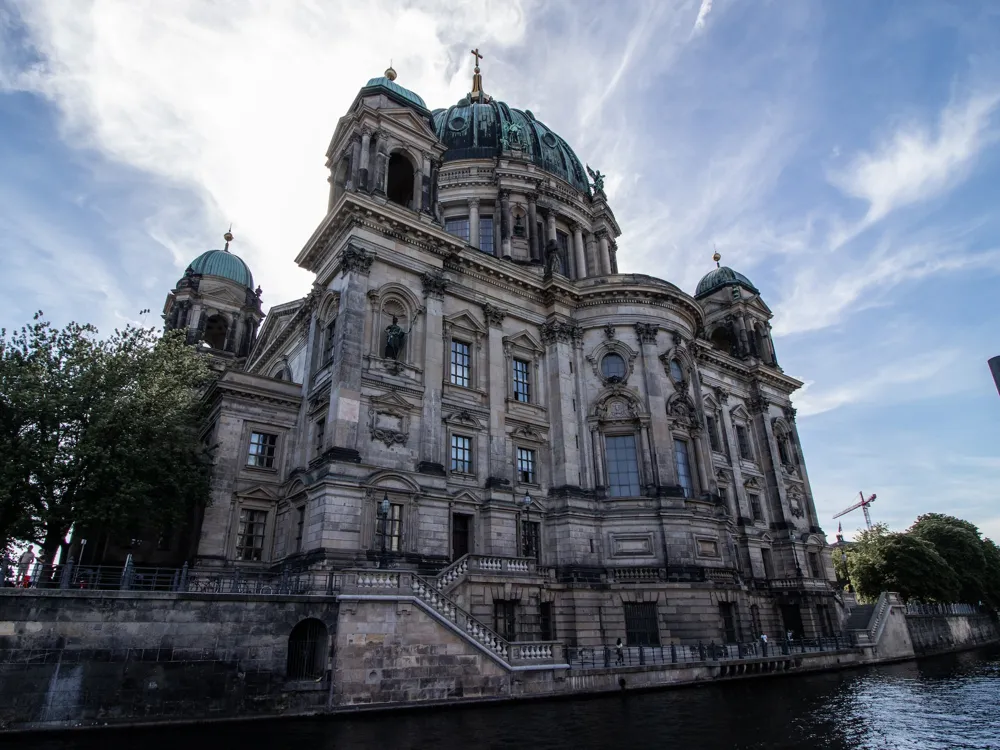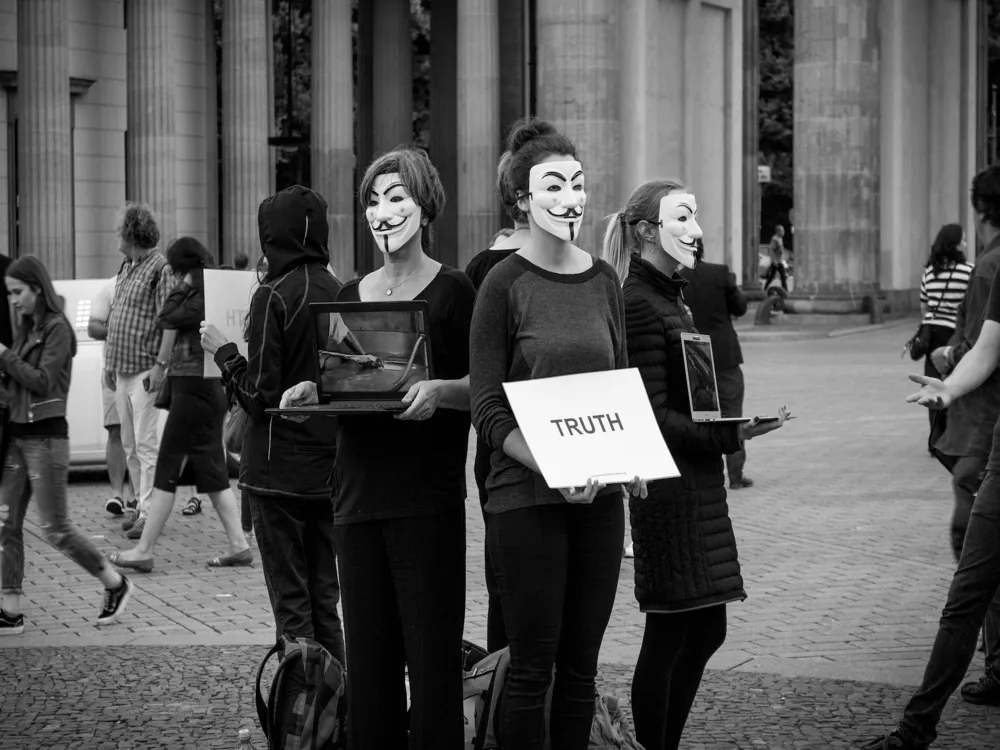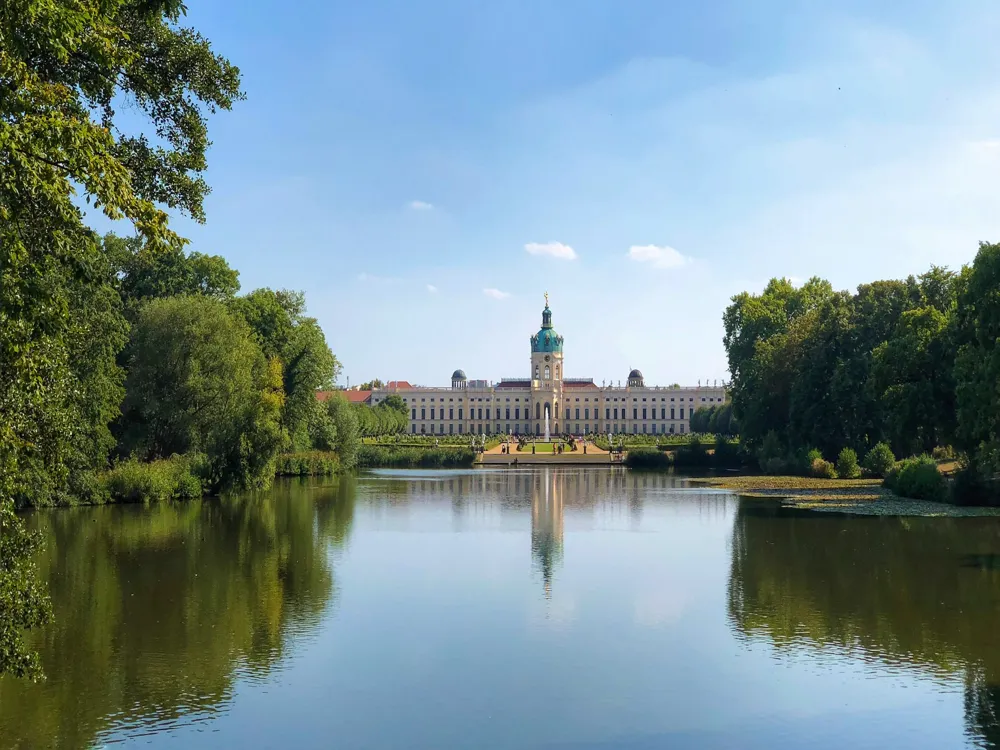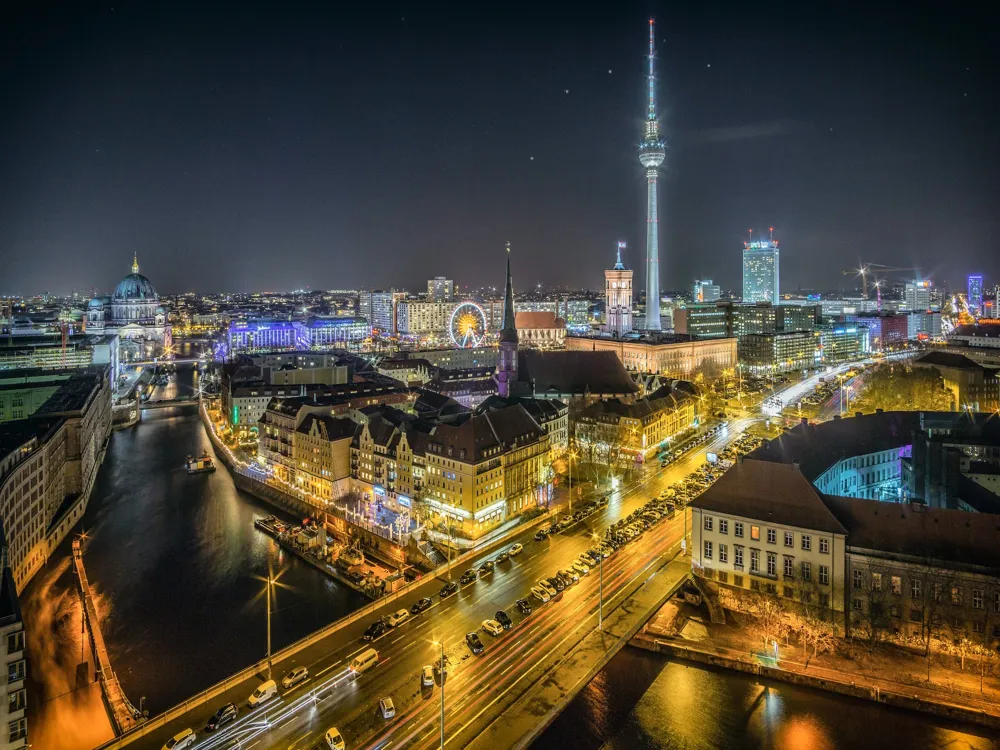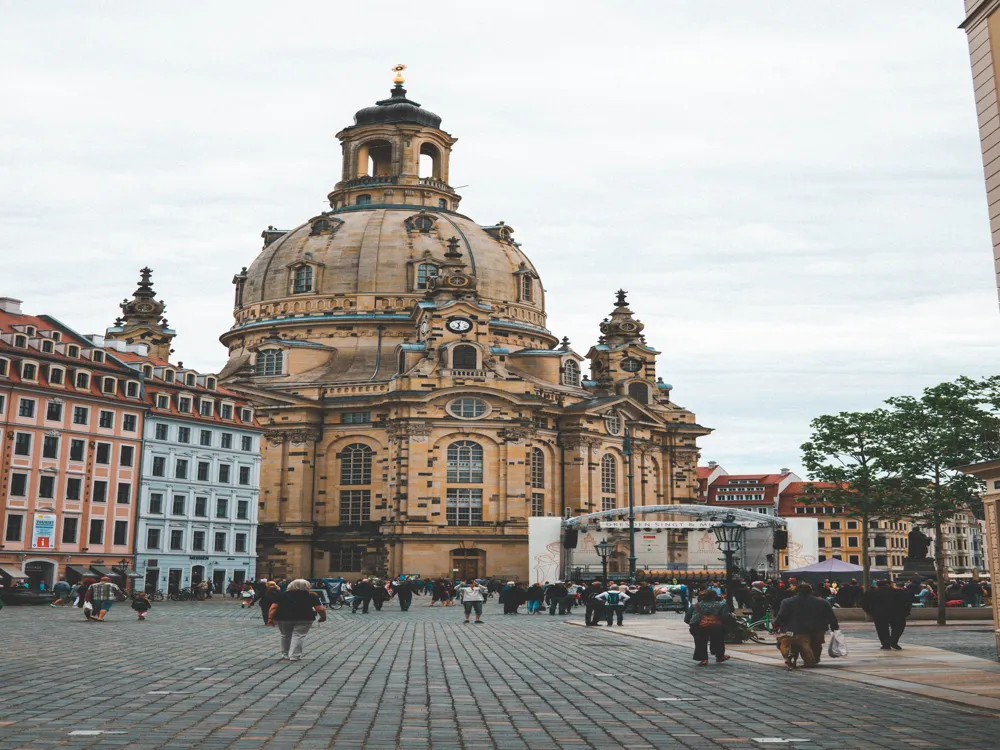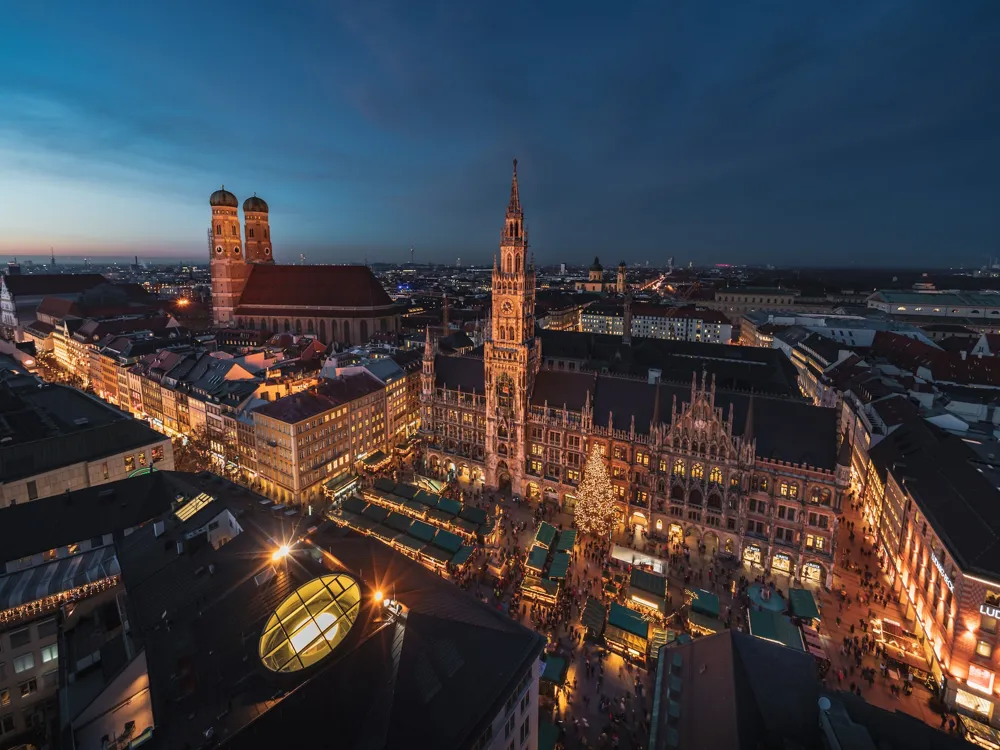Check Point Charlie, a landmark of historical significance in Berlin, stands as a poignant reminder of the Cold War era. This checkpoint was the best-known crossing point between East and West Berlin during the Cold War. Its name, 'Charlie,' comes from the NATO phonetic alphabet, following Checkpoint Alpha and Checkpoint Bravo. Established in 1961, it was the scene of several significant events in Cold War history, including tense standoffs between American and Soviet tanks. Check Point Charlie served not only as a crossing point but also as a symbol of ideological division. East and West Berlin were split not just by concrete and barbed wire, but by two fundamentally different political systems. For Westerners, it was a gateway to East Berlin and a stark reminder of the division of Germany. For Easterners, particularly those attempting to escape, it represented a formidable barrier to freedom. The site witnessed numerous escape attempts, some successful and others tragically fatal. Today, Check Point Charlie is a powerful symbol of freedom and the complex history of the 20th century. It is visited by millions who come to see the replica guardhouse and to contemplate the historical significance of the Berlin Wall. The checkpoint is surrounded by museums and exhibits that delve into the details of life in divided Berlin, offering an immersive experience into this critical period of world history. The architecture of Check Point Charlie is a blend of historical authenticity and modern interpretation. The original guardhouse, which was a simple, prefabricated structure, has been replaced by a replica that stands as a tribute to the original design. This small, white booth with sandbags and a US Army sign is an iconic representation of the Cold War era. Around the checkpoint, one can find various interpretive displays and exhibits. The architecture of these installations is modern, with an emphasis on transparency and accessibility. The design aims to facilitate an educational experience while respecting the historical significance of the site. The open layout encourages visitors to reflect on the stark contrasts between the past and the present. One of the most striking features near Check Point Charlie is the Wall Museum, known as the Mauermuseum. Its architecture is a blend of modern and industrial styles, representing the reunification of Berlin. The museum's design integrates parts of the original wall, with large glass windows that allow for introspective views. The museum's layout is purposefully labyrinthine, symbolizing the complex path to freedom many East Berliners faced. Before visiting Check Point Charlie, research the opening hours of nearby museums and exhibits. Consider visiting early in the day to avoid large crowds and to have a more contemplative experience. Gain a deeper understanding of Check Point Charlie by reading about its history beforehand. This knowledge will enrich your visit, making the experience more meaningful and educational. Consider taking a guided tour to enhance your experience. Knowledgeable guides provide insights and anecdotes that you might not discover on your own. Photography is allowed at Check Point Charlie, but be respectful of the site's historical significance. Avoid staged poses with guards or in front of the guardhouse to maintain the dignity of the place. Check Point Charlie is accessible via various modes of transportation. The closest metro station is Stadtmitte, served by lines U2 and U6 of the Berlin U-Bahn. Several bus lines also stop near the checkpoint. For those preferring to walk, it is centrally located and can be reached easily from many parts of Berlin. If driving, there are several parking areas nearby, though they can be busy during peak tourist seasons. READ MORE:-Overview of Check Point Charlie in Berlin
Architecture of Check Point Charlie
Tips When Visiting Check Point Charlie
Plan Your Visit
Understanding the History
Guided Tours
Photography
How To Reach Check Point Charlie
Check Point Charlie
Berlin
₹ 58,000 onwards
View berlin Packages
Berlin Travel Packages
View All Packages For Berlin
Top Hotel Collections for Berlin

Private Pool

Luxury Hotels

5-Star Hotels

Pet Friendly
Top Hotels Near Berlin
Other Top Ranking Places In Berlin
View All Places To Visit In berlin
View berlin Packages
Berlin Travel Packages
View All Packages For Berlin
Top Hotel Collections for Berlin

Private Pool

Luxury Hotels

5-Star Hotels

Pet Friendly






